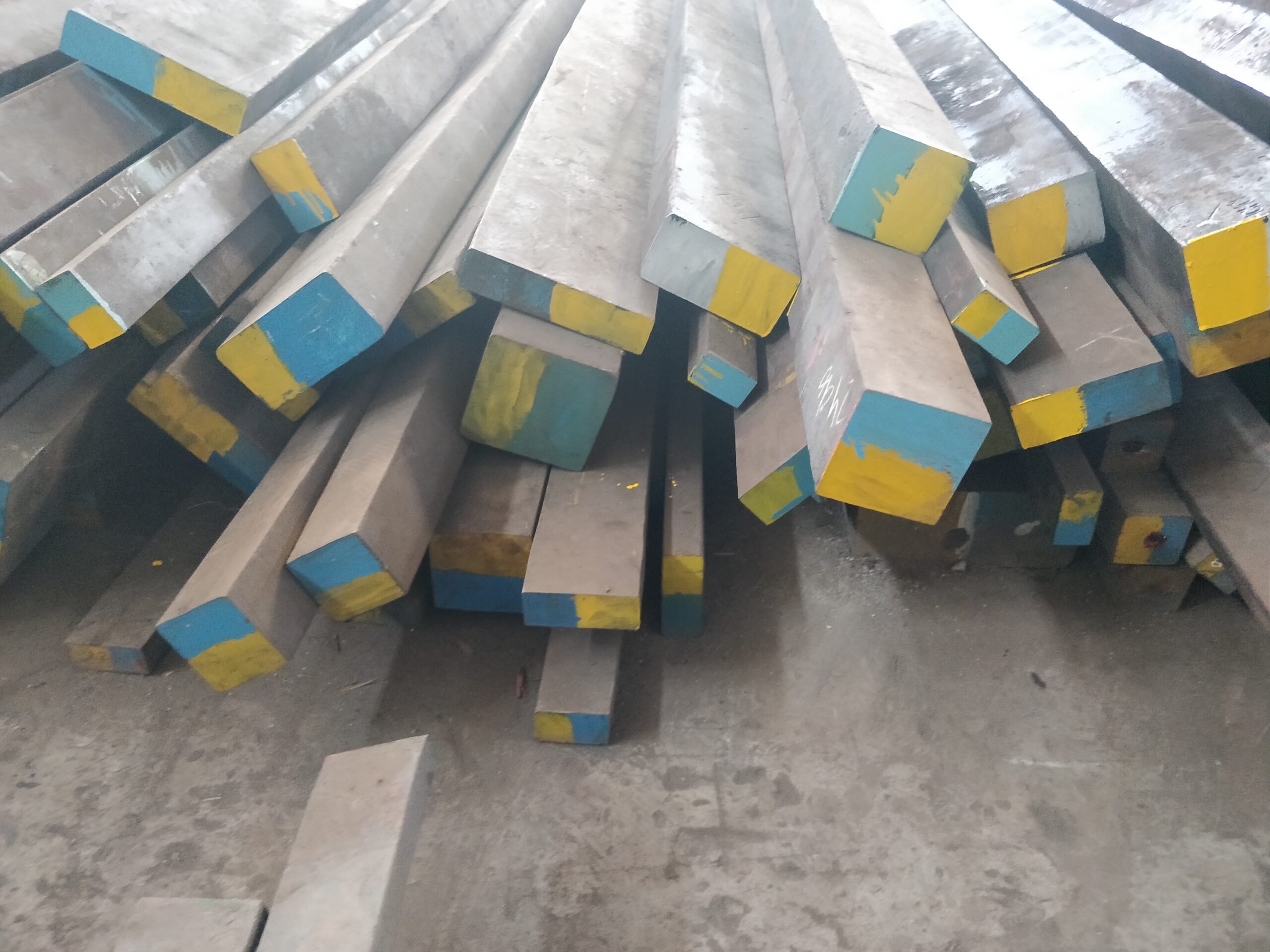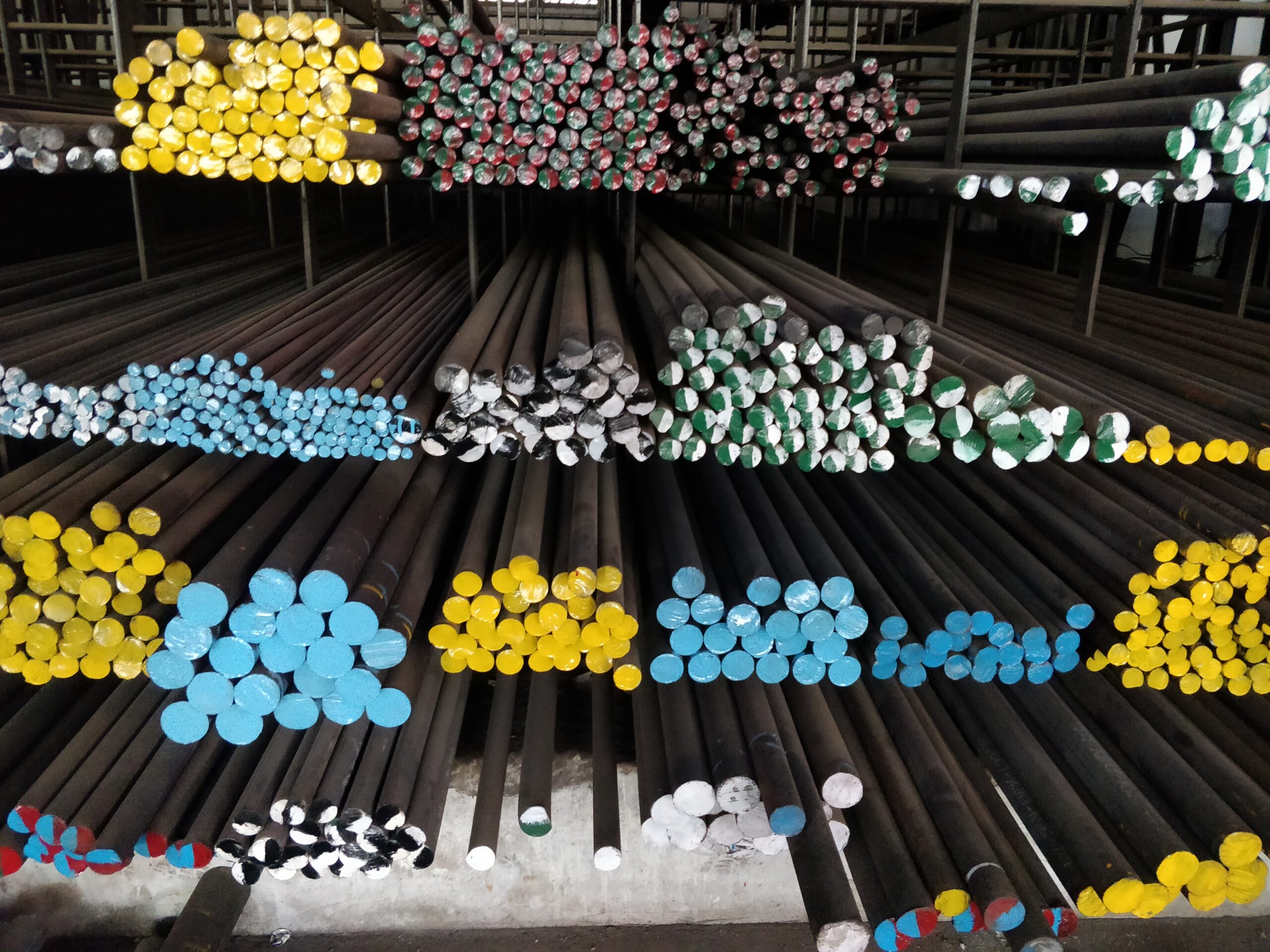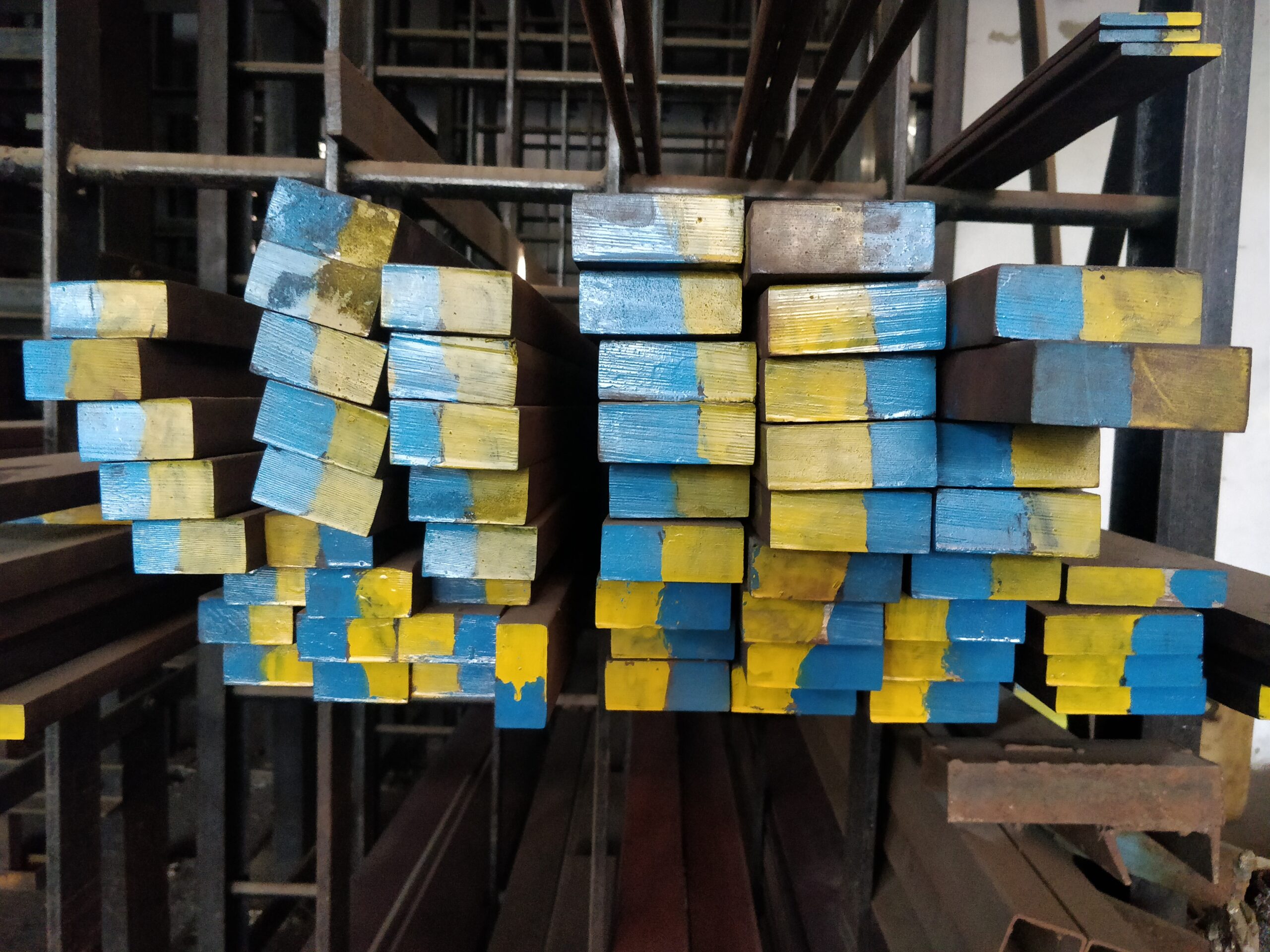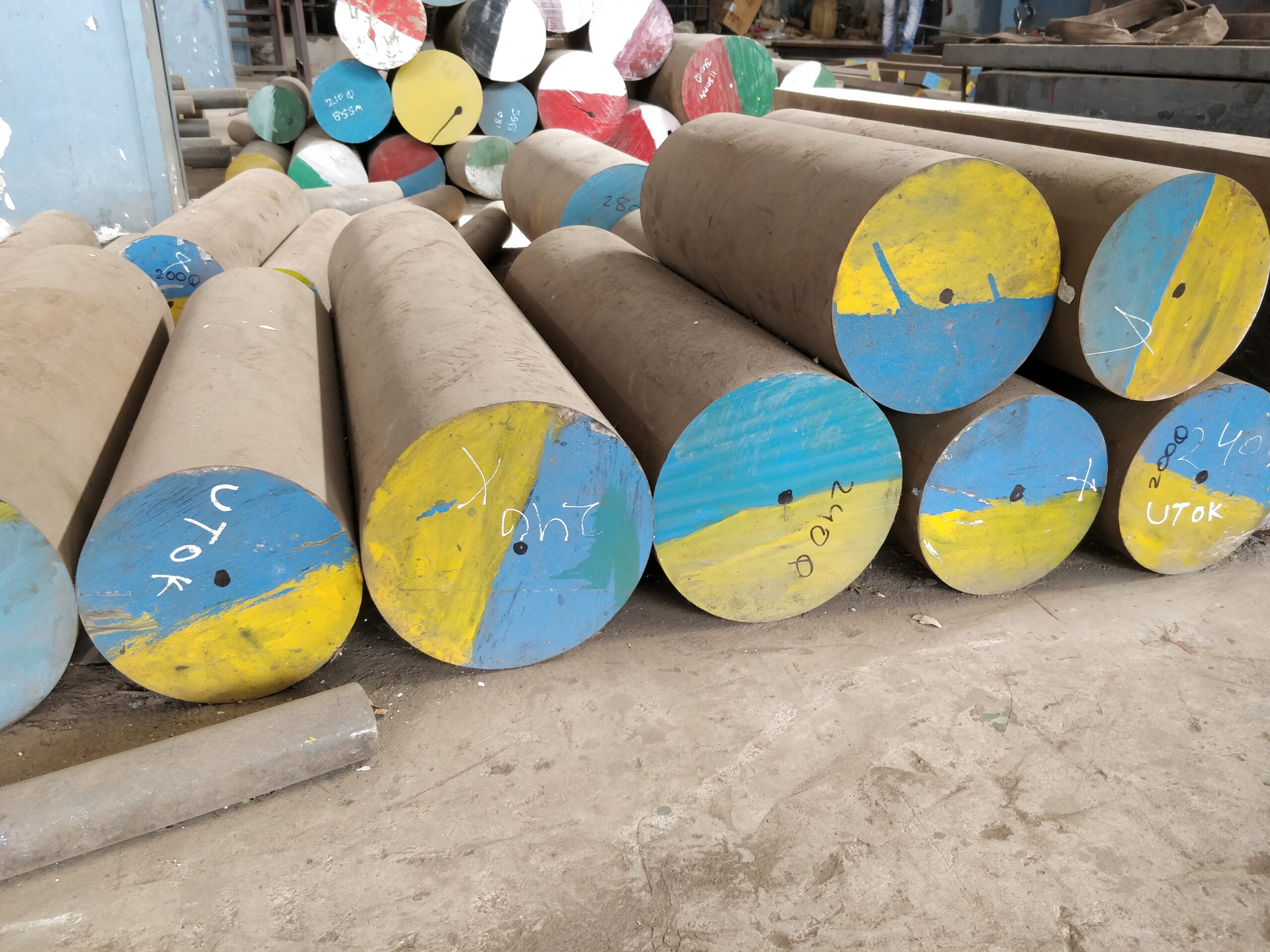HCHCR D3 DIE STEEL TOOL STEEL | DIN 1.2080 ALLOY STEEL
D3 is a high carbon high chromium steel noted for its resistance to abrasion, it offers excellent dimensional stability in hardening. After heat treatment D3 is hard, durable and dense, and is immune from sinking in use. It offers a measure of corrosion resistance when polished. In general, the applications of D3 tool steel resemble those of D2 but it should be remembered that D3 has better wear resistance of the two steels and is preferred for such items as shear blades. Owing to its higher wear resistance, D3 tool steel is slightly more difficult to grind than D2.
Applications
D3 is suitable for applications such as complex blanking and forming tools for long runs and for hard and abrasive materials. It is commonly used for other applications such as brick and tile mould liners, master hobs for cold hobbing plastic moulds, tabletting punches and sleeves for corrosive powders.
Forgings
Pre-heat at 900-950°C then raise temperature to 1050-1100°C. Soak until uniformly heated. D3 tool steel is relatively hard at elevated temperature. Therefore, initial hammer blows must be light and the temperature must not be allowed to fall below 1020°C until the metal begins to flow. Final forging should not be done below 900°C.
Annealing
D3 is supplied in the annealed and machineable condition. Re-annealing will only be necessary if the steel has been forged or hardened by the toolmaker. To anneal, heat slowly and uniformly to 900°C. Soak for three to four hours and allow to cool in the furnace to room temperature. Re-heat to 800-1040°C and again soak for three to four hours. Allow to cool in the furnace to room temperature.
Stress Relieving
When tools are heavily machined, ground or otherwise subjected to cold work, the relief of internal strains is advisable before hardening to minimise the possibility of distortion. Stress relieving should be done after rough machining. To stress relieve, heat the steel component to 600-650°C. Soak well and cool in the furnace or in air. The tools may then be finish machined before hardening.




